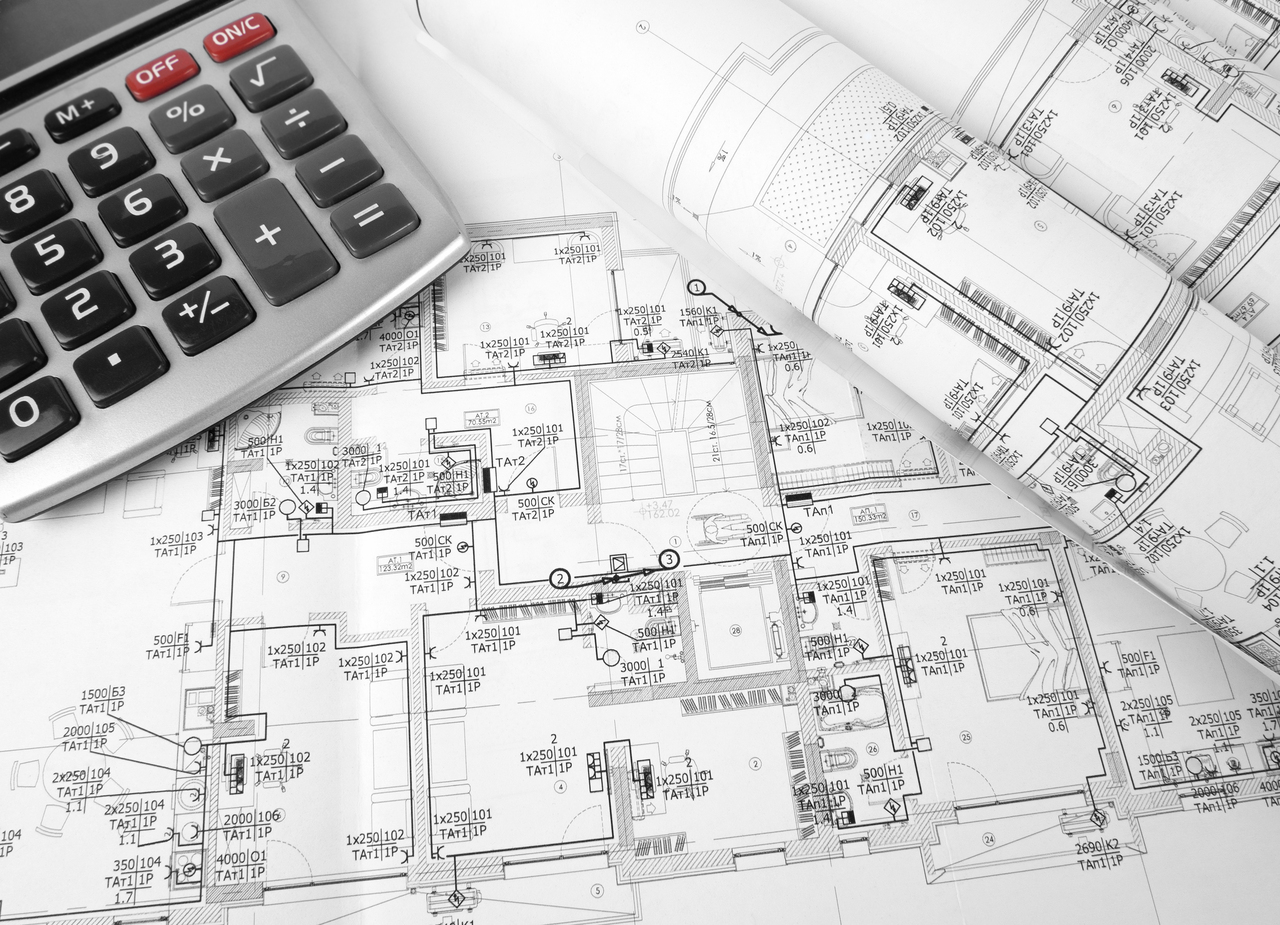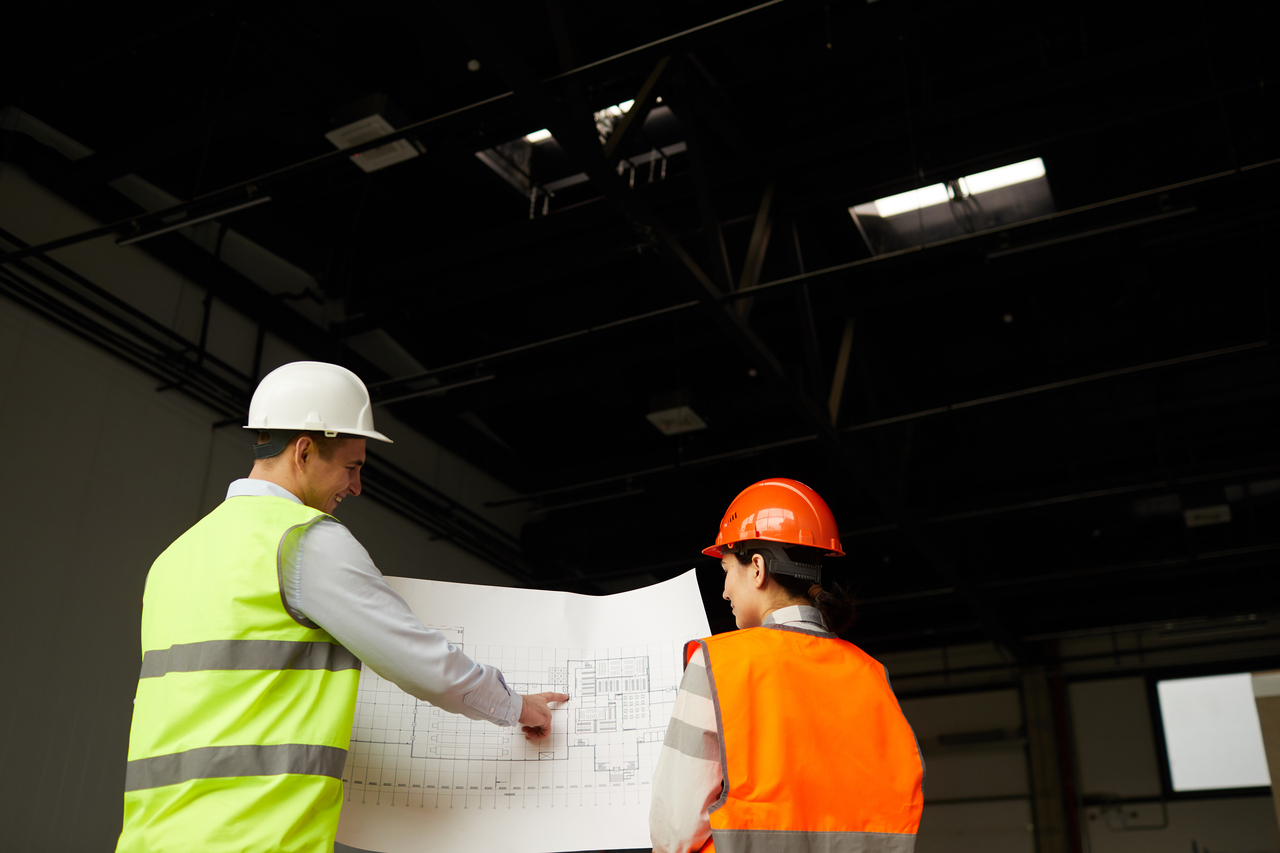
 January 5, 2021
January 5, 2021

There are common mistakes in construction projects that can happen because of poor planning in certain phases. Even just a simple misunderstanding can already cause a wide-reaching problem that quite frankly, would have been avoided altogether if the correct measures were put into place.
Usually, these issues are a direct result of miscommunication and stubbornness to comply with regulations. It’s not uncommon for construction works to be continually pushed back due to issues that could have been altogether avoided in the first place.
It’s better to keep an eye out for such problems as insufficient budgeting, missing papers, choosing the wrong contractor, or non-functioning utilities. Continue reading to learn more.

Whether you’re involved in planning a small, mid-range, or large construction project, the budget is the first thing that you should consider. Not only will you be setting the budget for any construction materials that you’ll use, you’ll also be carrying the costs of hiring a contractor, an architect/designer, and other miscellaneous expenses.
When you haven’t really allocated enough budget, it’s possible that your construction project will get delayed. This is because you need to devote enough time to get other sources of financing, or worse — to implement a range of cost-cutting measures that can greatly affect the quality of the job.
Keeping this in mind, you’ll want to avoid any budget issues through rigorous planning. Don’t do this task alone, instead, you’ll benefit from getting the input from a team that knows how much it costs to acquire land, assemble equipment, design blueprints, get insurance, hire contractors & subcontractors, energy requirements, and the like. For best results, use the right software that can help you out with keeping track of your expenses and staying on top of your other financing needs.
In every project, the contractors you’ve hired are essential in its completion. Depending on the type of service they provide, they can undertake a range of functions. These can range from managing the project, setting deadlines, procuring documents, and other technical functions that are crucial for the construction work.
There are some cases, however, where you’ve hired a bad contractor. You’ll easily be able to tell this through a number of signs. For example, if you’re having difficulty getting in touch with your contractor, or they aren’t able to clearly define the extent of the project, then it may be time to find a new one.
When you have a poor contractor, you can experience other problems that can affect the management of the project. They might even be the reason why you’re cutting corners in some of work — i.e. using cheap and shoddy building materials, lack of buildability in design, or no insurance coverage.

Another mistake that may happen before a construction project begins, is the lack of complete building permits and requirements. As the owner of the building you’re about to contract work for, it’s important that you have an idea of the building code in the construction site. However, you’re not really expected to know everything about it. Instead, you should be able to entrust this task to your contractor.
When your contractor has failed to secure all these necessary documents, then you may experience yet another delay in the resumption of the project. This is due to the fact that your building may not have the proper authorization to be on the site, or you have no authority to begin construction operations.
With this knowledge, you have to see to it that you’ve complied with all the documents needed before you begin with the work. Even if you’ve already had all the materials, blueprints, and financing in place, without a green-light from local government officials, you can’t start with the project.
Utility issues may also happen in a construction job. Some of the mistakes that can be made include not inspecting pipes for leaks, improper wiring, or faulty ductwork. If these problems aren’t resolved as soon as possible, the building may even be rendered uninhabitable.
To prevent this mistake, the contractor should see to it that all these utility systems have been assessed, inspected, and repaired, if necessary. For example, all cracks in pipes that can lead to potential leaks should have already been sealed. This is to ensure that all plumbing systems will function normally once the building will be ready for occupancy.
On the other hand, the ductwork and the electrical wiring should also be optimized in order to avoid any ventilation, lighting, or short-circuit issues. For the wires, any exposed wiring should be fitted with the right type and size of conduit pipes. Likewise, all fuses should be properly secured to avoid any loss of power.

Almost everything about construction work can be subject to change. This is why design changes and any modifications to the blueprints may be rampant.
The underlying mistake that can happen as a result of this, however, is that not everyone directly involved in the job may be working according to the same blueprints. Different people may have dated copies of the blueprint, which can greatly affect the accuracy of the work. This may even potentially lead to costly tearing down and other demolition works that can delay the project.
Contractors, subcontractors, project managers, engineers, and all those involved in the project should always make sure that plumbers, construction workers, electricians, and the like, all have the same copies of the updated blueprint. This is so everyone will be on the same page when it comes to the work.
Some of the most common construction projects can be attributed to poor planning. As you’ve learned, mistakes can be made on your part, when you choose a poor contractor that can’t really meet your requirements. This can already lead to a snowball of issues like missing permits, not allocating enough funding, or issues with the utilities.
Fortunately, avoiding these mistakes altogether is as simple as making proper, detailed plans, increasing communication, and collaborating closely with everyone involved in the job. Keep all of these in mind the next time you plan on starting a new project.